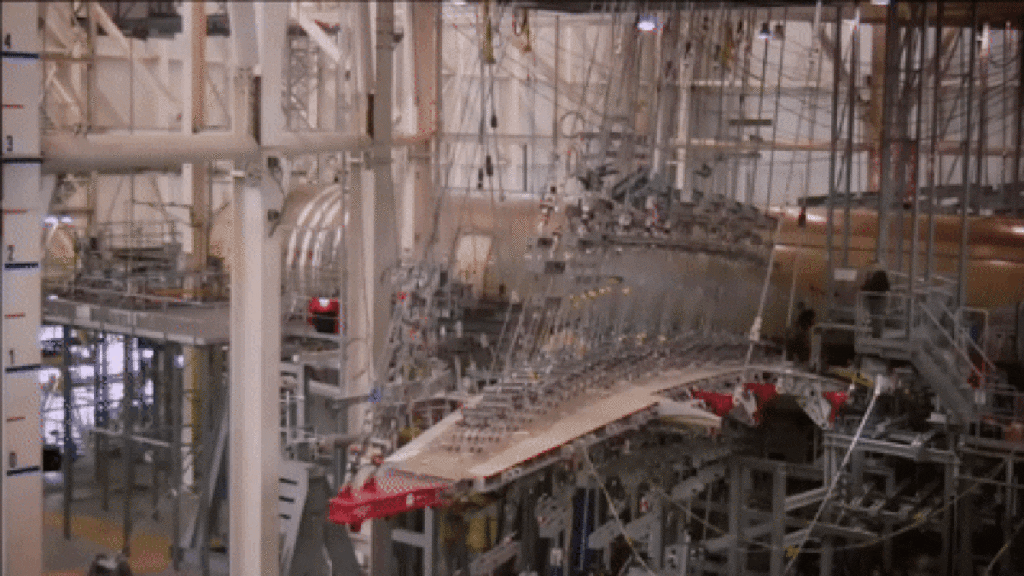Watch Just How Far Plane Wings Are Designed To Bend

Modern passenger planes are pretty impressive machines. They carry hundreds of people for thousands of miles, pack in luxury trimmings like showers and can even hit supersonic speeds in the right conditions. They’re also built to withstand some pretty serious weather, which means that their wings bend way further than you might expect.
World’s First All-Electric Passenger Plane
A modern aircraft’s wing is an incredibly complex piece of engineering. On planes like the Airbus A350, the wings hold the plane’s massive jet engines, house the fuel tanks that keep those engines running and come festooned with all kinds of flaps and movable parts to control the ascent and descent of the plane.
The wings on a plane are also designed with a fair amount of flex in an attempt to smooth out the ride when an aircraft hits unexpected rough air or turbulence while flying. But have you ever seen just how much flex aircraft wings are designed for? Because It’s more than I expected. A lot more.
In stress-test videos from Airbus and Boeing, the two aircraft manufacturers showcase the kinds of tests they put their planes through before they enter service. At Airbus, this includes locking test aircraft in an enormous metal cage and applying all kinds of forces to key parts of the plane.
Pushing the A350 XWB to the brink
One such test performed on the Airbus A350 XWB during its development included pushing and pulling the wings to see how far they could flex, and then measuring the impact this flex had on the internal structures of the plane.
To do this, Airbus strapped cables to the span of a wing on an A350 XWB and then applied all kinds of positive and negative loads to push and pull the wing. Across the tests, engineers at the company found that the maximum distance each wing could flex is as much as 5.2 meters, which is roughly 17 feet if you don’t speak European.
This flex is there to try and soften out the bumps that the aircraft may endure if it hits a severe storm mid-flight. Engineers replicate these forces on the ground so that they can then analyze the way the structure behave under pressure, explains Emmanuel Bodin, a test manager at Airbus, in the clip.
The tests push and pull the wings and fuselage of the aircraft in critical locations, any movements are then measured using 12,000 sensors placed across the plane. Once the aircraft passes these stress tests, it’s next big hurdle is flight tests, before it can be signed off and sent out into the wild.




